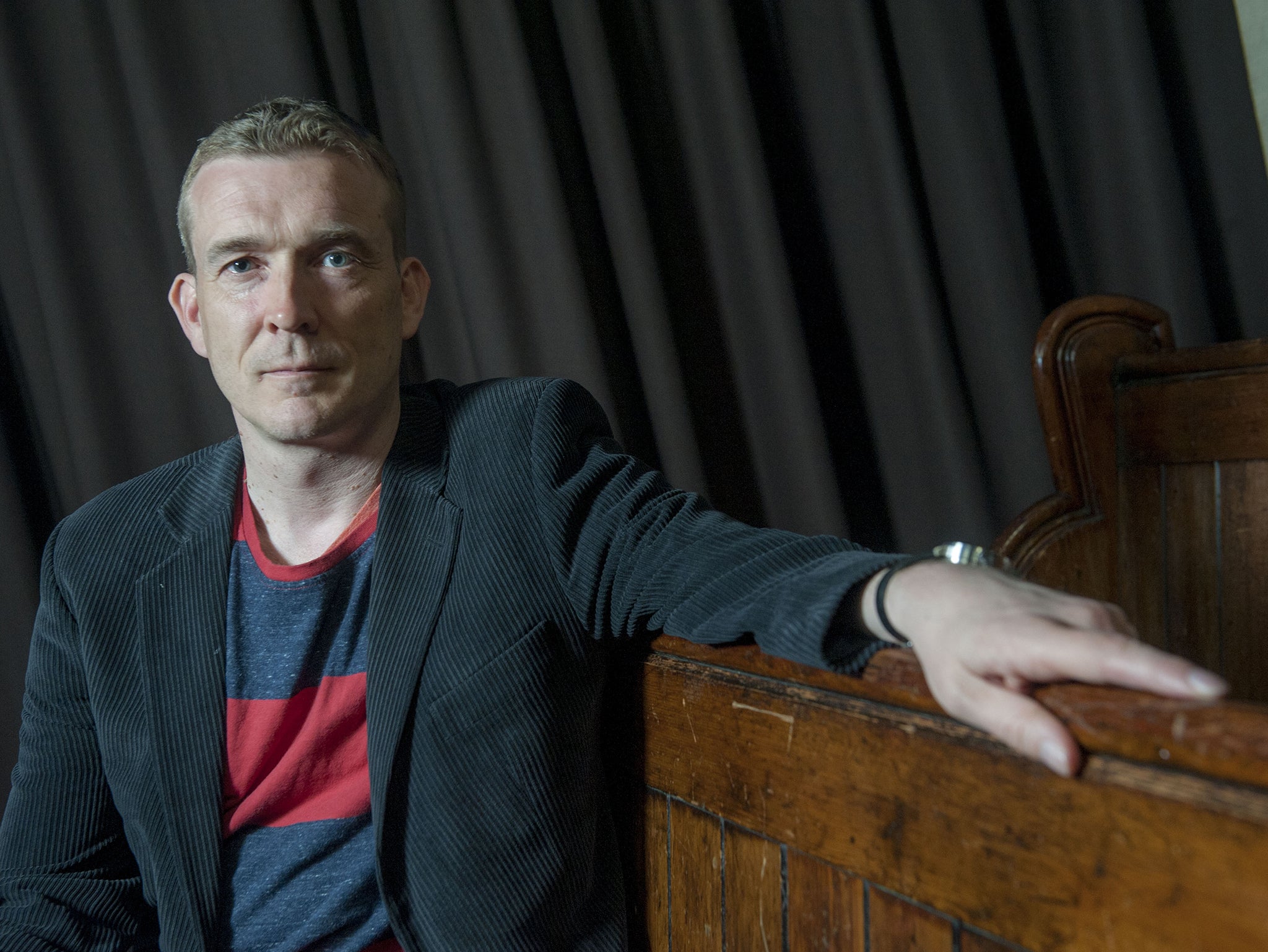Slade House, by David Mitchell - book review: Counting the cost of cheating death
Mitchell’s latest exploration of immortality is a classic English tale of a haunted house

Last year, in his sixth novel The Bone Clocks, David Mitchell turned all the firepower of his formidable gifts on the lures, and the perils, of immortality. Embedded within the book’s rococo fantasy architecture lay a battle between two battalions of the undead: those “atemporals” who pursue eternal life through the theft of innocent souls, and the “horologists” who treat it as a curse.
In Slade House, a shorter spin-off or suburb of this world, Mitchell again depicts the “parasitic soul-slayers” who chase an ageless existence as “the only prize worth hunting”. Via their predatory adventures, he counts the cost of “cheating death, cheating ageing, cheating the care home and the dug-up corpse’s face”. Behind an exuberant fictive spree that one character likens to “a board game co-designed by MC Escher on a bender and Stephen King in a fever”, Mitchell has some very earthbound worries in his sights. His chosen platform here is the classic English tale of a haunted house. In a humdrum city much like Reading, a creeper-clad Georgian rectory called Slade House welcomes visitors who manage to pass through a “small black iron door” in a narrow alleyway. Although the house was blitzed in 1940, it somehow supplies the venue for episodes that take place first in 1979 and then, at nine-year intervals, up to 2015. In each section, characters with psychic powers find that they can access this phantom mansion, where time stops but a terrible fate awaits them. From a possibly autistic 13-year-old boy in 1979 to a gruff police inspector, a lonely undergraduate and her high-powered journalist sister, these special victims fall into the house’s supernatural trap.
In its labyrinth of corridors and attics, deathless twins Norah and Jonah Grayer need to feed on freshly-plucked souls. Eventually, we learn about a back-story of occult vagabondage that has taken them from a Norfolk gamekeeper’s cottage in 1899, via mystic training in the Atlas Mountains, to brief celebrity as globe-trotting society psychics in the Twenties, and a final resting place – and hunting ground – behind that black iron door. Vampiric soul-harvesters, they must sup on the extracted essence of another being: “a translucent shimmering globe, smaller than a pool ball, but cloudy with countless stars”. Can anyone, or anything, close down their grisly “life-support machine”?
As in The Bone Clocks, Mitchell gleefully goes to town with the mechanics and logistics of a paranormal plot: “The Operandi works provided we recharge the Lacuna every nine years by luring a gullible Engifted into a suitable orison…” As one of the narrators remarks (in 2006), “This is all sounding a bit Da Vinci Code for me.” Yet, as ever, Mitchell grounds his fantasy in high-definition, close-up scenes of daily experience. Whether in the brittle snobberies of a garden-party in 1979 or the druggy student-party antics of 1997, Slade House hosts not only a feast of mystery but a banquet of semi-documentary realism. From Dungeons & Dragons to Supergrass, The X Files and The Wire, you can trust Mitchell to set his historical clock to the nearest micro-second. The novel also turns a shrewd gaze on shifting fashions in mind-altering substances – from Valium and Rioja to acid and dope – and the quest for an escape from the tyranny of time that each represents.
Mitchell disciples know that not only motifs but people migrate from novel to novel in his work. So when, in 2015, a Toronto psychiatrist named Dr Iris Marinus-Levy arrives to investigate (so she claims) local “abduction fantasies” about Slade House, fans may twig what lies in store. Beyond the merry hum of period detail and the ingenious fuss of the supernatural intrigue, Mitchell also strikes a deeper Gothic chord. The defeat of ageing and mortality leads not to heaven but to hell. His undead elite look down with contempt on the “snatched, wasted, tawdry handful of decades” enjoyed by a “bone clock”: a mortal human. Yet that is all we ever have. Mitchell’s zestful, joyous recreation of the minutiae of everyday life has a redemptive role. Against the accursed privilege of the immortals, he helps us love the time that dooms us.
Subscribe to Independent Premium to bookmark this article
Want to bookmark your favourite articles and stories to read or reference later? Start your Independent Premium subscription today.

Join our commenting forum
Join thought-provoking conversations, follow other Independent readers and see their replies